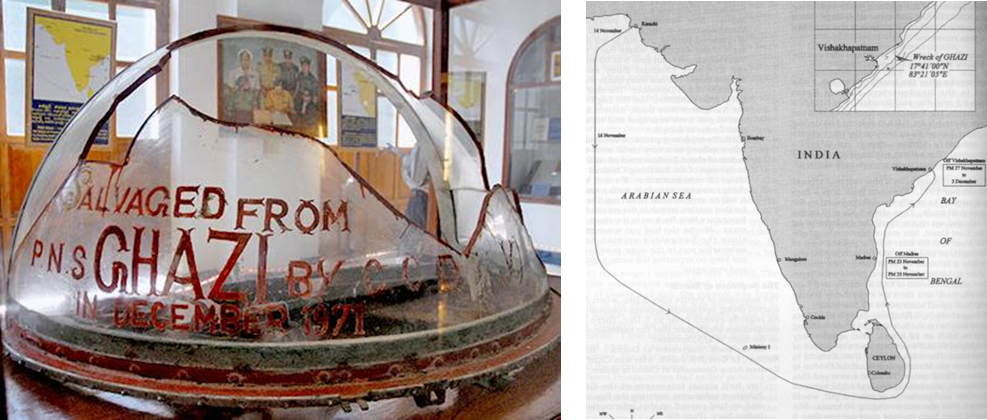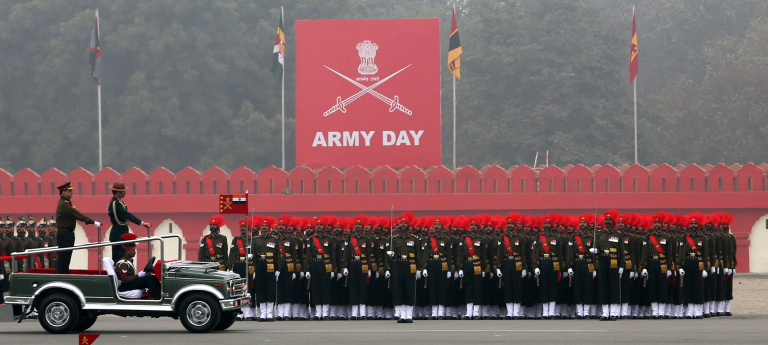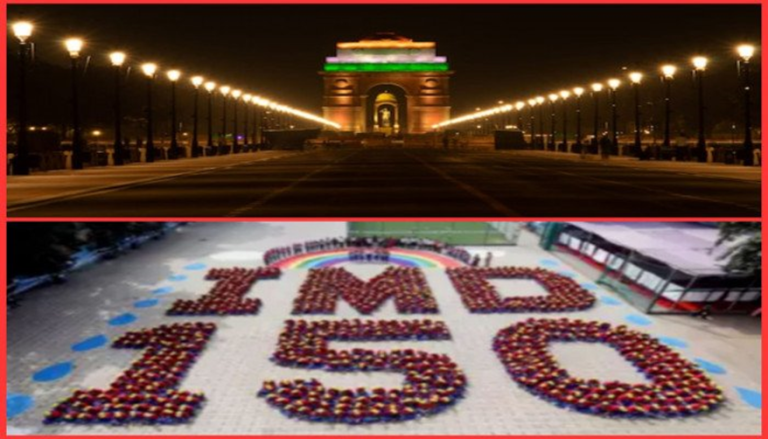Indian Navy’s Deep Submergence Rescue Vehicle has recently located the wreckage of the Pakistani submarine PNS Ghazi near the coast of Vizag city. This submarine, sunk during the 1971 Indo-Pak war, was found at a depth of around 100 meters, about 2 to 2.5 kilometers off the coast.
PNS Ghazi Wreckage Found Near Vizag Coast
Indian Navy’s Deep Submergence Rescue Vehicle has recently located the wreckage of the Pakistani submarine PNS Ghazi near the coast of Vizag city. This submarine, sunk during the 1971 Indo-Pak war, was found at a depth of around 100 meters, about 2 to 2.5 kilometers off the coast. The sinking of PNS Ghazi, with 93 men onboard, was a key moment in the war, which ended with the creation of Bangladesh in 1972.
Role of Vizag In 1971 War
Vizag city played a significant role in the 1971 Indo-Pak war. PNS Ghazi’s sinking is regarded as one of the high points of India’s first-ever emphatic military victory. Pakistan had sent PNS Ghazi to mine India’s eastern seaboard and destroy INS Vikrant. Ghazi, sailing 4,800 km from Karachi, was tracked by Indian Navy’s destroyer INS Rajput, which eventually led to its sinking. Despite locating the wreckage, the Indian Navy has decided not to touch it out of respect for those who fell in action, in line with the true traditions of the Navy. The Navy personnel consider these wrecks as the final resting place for the brave souls, and they are left undisturbed as a mark of respect.
Other Wrecks in the Area
PNS Ghazi is not the only submarine lying on the floor of the Bay of Bengal near Vizag. A Japanese submarine from World War II, RO-110 of the Imperial Japanese Navy, was also sunk off the coast of Rambilli locality in undivided Vizag district.
Significance of DSRVs
The acquisition of DSRVs in 2018 has enabled the Indian Navy to join a select group of nations with the capability of conducting rescue missions at depths of up to 650 meters. These vehicles play a crucial role in submarine operations, especially with the growing presence of submarines in the Indian Ocean and nearby regions.
History Behind The PNS Ghazi
The sinking of the PNS Ghazi was a significant event during the 1971 war. On November 14, 1971, the Pakistani submarine, leased from the US, set sail from Karachi with the intention of destroying the Indian aircraft carrier INS Vikrant at Visakhapatnam, the headquarters of the Eastern Naval Command. Ten days into its mission, the PNS Ghazi met its terrible fate, which left none of its ninety-three officers, and sailors aboard alive. In a daring move, the INS Rajput, an aging World War II destroyer commanded by Lieutenant Inder Singh, was tasked with the dangerous mission of acting as a decoy to divert the PNS Ghazi’s attention.
Lieutenant Inder Singh, hailing from the village of Aewali in Rohtak district, successfully sank the enemy submarine before it could reach Chittagong in East Pakistan, which later became Bangladesh after the war.
Maritime Safety And Security
The Indian Navy’s successful location of the PNS Ghazi wreckage showcases its advanced capabilities in underwater search and rescue operations. This development not only honors the brave souls who lost their lives in the line of duty but also underlines India’s commitment to enhancing its maritime safety and security.
























